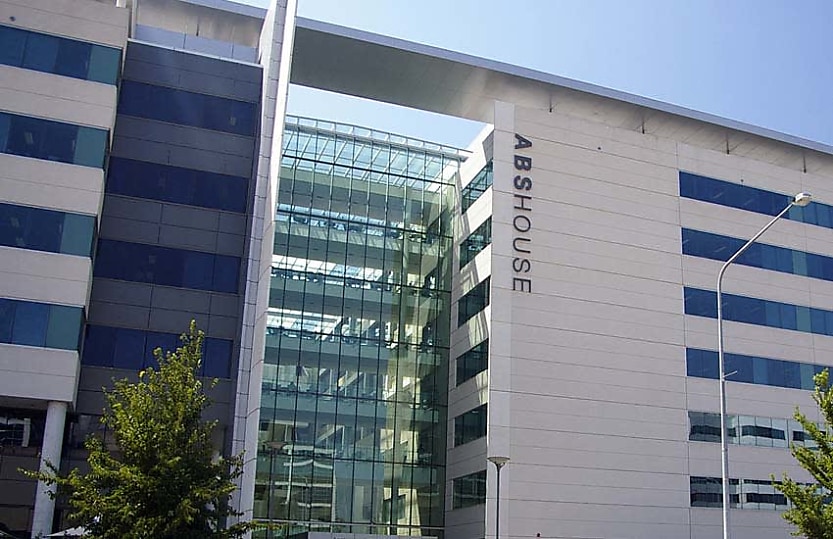Steady September wage growth figures should give RBA comfort, economists say

Wage growth was steady in the September quarter, with a slight slowdown in private sector growth offset by public sector resilience.
The wage price index (WPI) rose 3.4 per cent over the 12 months to the September 2025 quarter, and 0.8 per cent quarterly, data from the Australian Bureau of Statistics (ABS) shows.
Quarterly wage growth aligned with economist expectations of a 0.8 per cent increase, AMP economist My Bui noted. Public sector wage growth outpaced that of the private sector, with wages increasing by 0.9 per cent and 0.7 per cent, respectively, over the quarter.
The largest contributor was the healthcare and social assistance sector, which added 0.22 percentage points to the quarterly wage figure. This was followed by the professional, scientific and technical services sector (0.13 percentage points) and retail trade (0.12 percentage points).
Bui said the slowdown in private sector momentum would take pressure off “sticky” services inflation.
“Ultimately, private sector wages are the biggest driver of market services inflation (as it is a cost to private businesses that is passed on to consumers), so slower momentum in the private sector means that the outlook for this 'sticky' inflation category is down,” Bui said.
Looking forward, she said AMP anticipated a further slowdown in wage growth.
“We expect some slight deterioration in the labour market, and our wages leading indicator (which includes award decisions, PMI employment surveys and other business surveys) is pointing to some further slowing in wages momentum,” Bui said.
Commonwealth Bank (CBA) senior economist Ashwin Clarke noted that wage growth continued to be stronger for workers covered by enterprise agreements, compared to those with individual agreements and Awards.
“There continued to be signs of easing wage growth in categories more responsive to economic conditions. This is consistent with the gradual softening in the labour market over the September quarter,” Clarke wrote in an economic update.
They noted that the softening momentum in private sector wage growth was a positive sign for the inflation trajectory.
“The trends in the private sector should give the RBA a little comfort that labour costs are still easing. This should eventually flow through to inflation,” Clarke said.
Bui added that the RBA would likely need strong signals in the data before considering another interest rate cut.
“We continue to see that the bar for a rate cut is very high from the RBA, given recent strong outcomes in the inflation rate for the September quarter,” she said.
“But there is room for another cut next year in May and today’s wages data underscores our view that wages, inflation, and the labour market 'tightness' will all ease from here.”
Meeting minutes from the RBA’s November 3-4 meeting indicated that board members were keeping a close eye on the labour market, noting there was “significant uncertainty” regarding the tightness of the labour market.
If the labour market were to “weaken materially” from its current state, the board considered that further monetary easing could be necessary.
About the author
